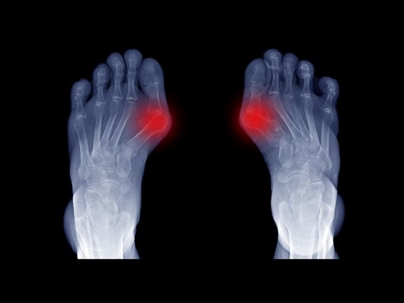The Cartiva implant is used to relieve arthritis pain in the big toe. The procedure for installing the implant is relatively simple, making it a more appealing option than traditional methods, such as fusion. Unfortunately, some patients have reported only short-term or no relief after getting Cartiva implant surgery. Various explanations exist as to why the device has failed. Yet, there have been no conclusive findings concerning the trouble with the device. Still, the high failure rate has caused some doctors to stop recommending or using the Cartiva implant. Patients adversely affected by the implant may have grounds to file a defective medical device claim.
Allow Louisville attorney Brett Oppenheimer to review your case and identify a path forward. Schedule a consultation by calling (502) 242-8877 or submitting an online contact form today.
What Is the Cartiva Implant?
The Cartiva implant is one option for treating osteoarthritis (or hallux rigidus) in the big toe. The condition results from repetitive stress. Over time, the cartilage is damaged, causing friction between the bones at the joint.
Individuals with osteoarthritis often experience pain and stiffness in the big toe, making it difficult to perform daily tasks.
Made from a polyvinyl synthetic, the Cartiva implant is one option for relieving pain resulting from osteoarthritis. The material is pliable and acts as a cartilage replacement. A surgeon makes a hole at the metatarsal head into which the device is inserted. It sits just above the surface of the bone, preventing the joint bones from directly rubbing together.
Why Does the Cartiva Implant Fail?
Professionals conducted several trials with the Cartiva implant, finding positive results in patients. However, the outcomes in the clinical setting have not been so favorable.
Although some patients have reported relief soon after the surgery, they later state that their pain has returned. Other patients say they have had no pain relief, worsening symptoms, or motion issues.
The Foot & Ankle Institute, initially excited about the Cartiva implant, found that in some patients, the device had slipped below the surface of the bone after surgery. There is no clear consensus about why the implant fails. Some have suggested that because it is water-based, it shrinks because of a lack of hydration once implanted.
Because of the high failure rate, the Foot & Ankle Institute and other medical professionals have stopped recommending the Cartiva implant. Instead, they suggest other procedures for treating big toe arthritis, including bone fusion or different types of devices.
What Are My Legal Options?
If you received the Cartiva implant but experienced continued or worsening pain and/or needed additional surgery to address the problem, you may be entitled to file a claim for compensation. The device itself may have failed because of a defective design or misleading statements made by the manufacturer.
Speak with an attorney to learn about your legal options. They can evaluate your case to determine a course of action for your situation. Seeking financial recovery can help take care of extra medical expenses arising from additional procedures needed to correct the problem and other damages associated with the Cartiva implant.
Louisville attorney Brett Oppenheimer helps individuals pursue justice after being harmed by medical companies. Discuss your case with him by calling (502) 242-8877 or filling out an online contact form.

